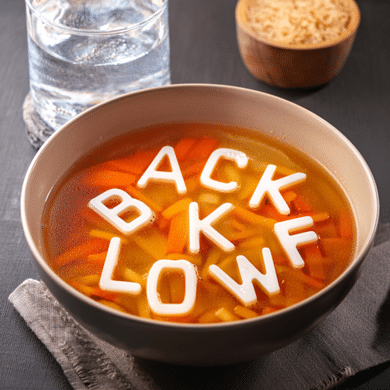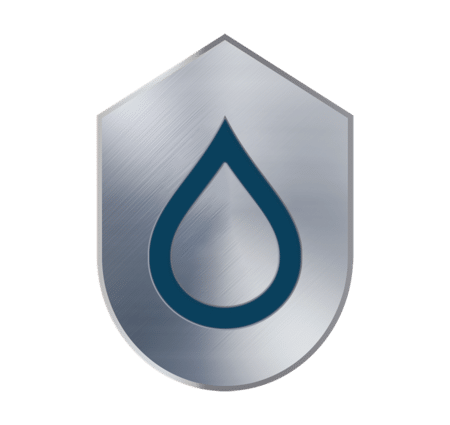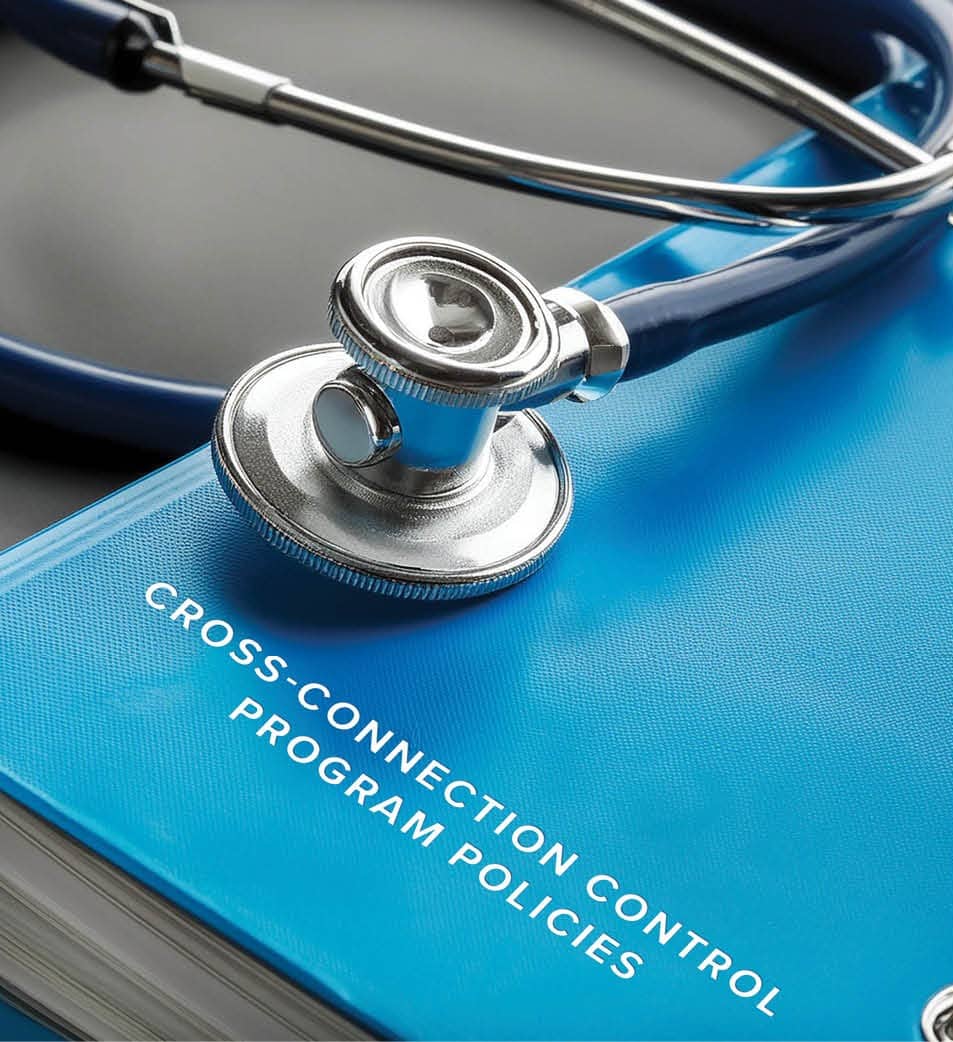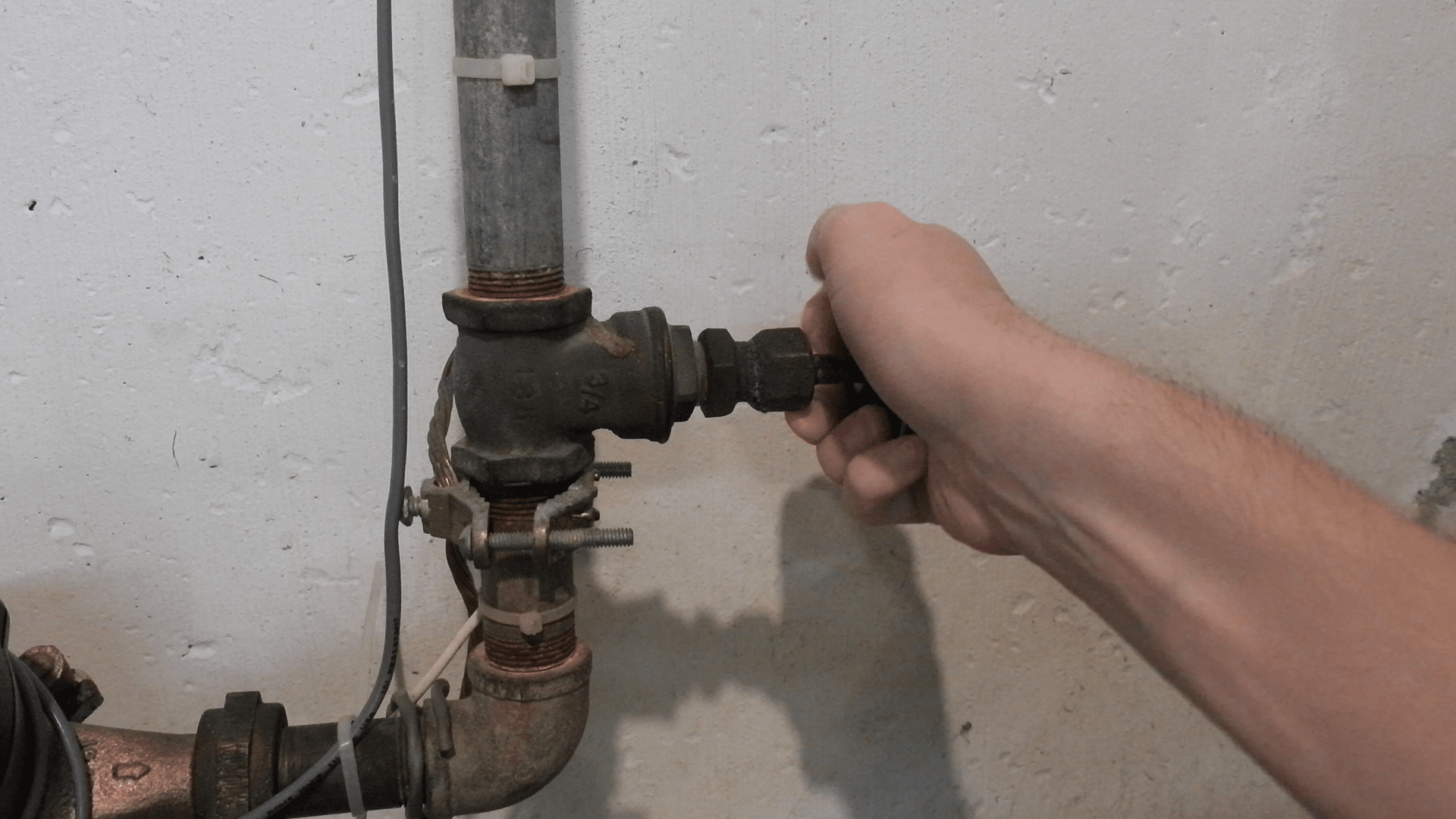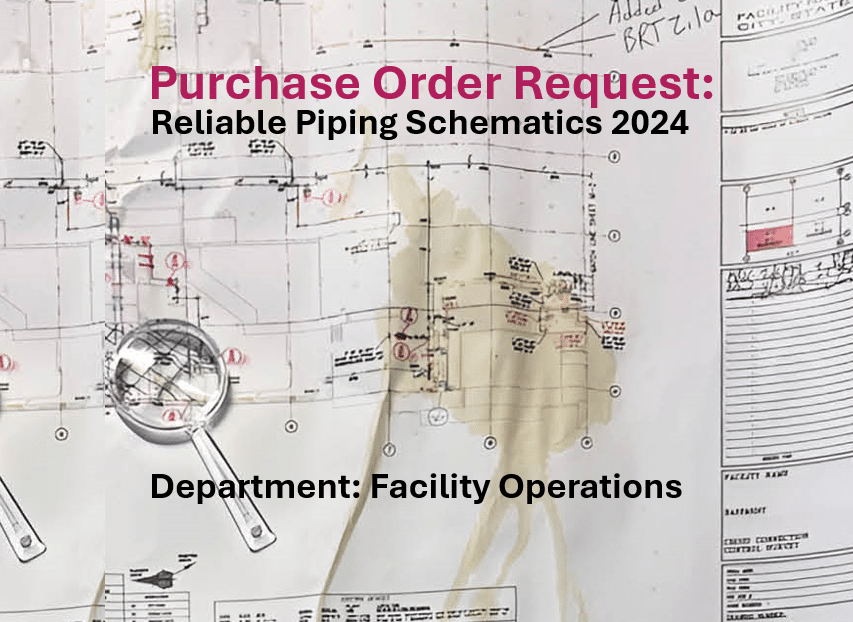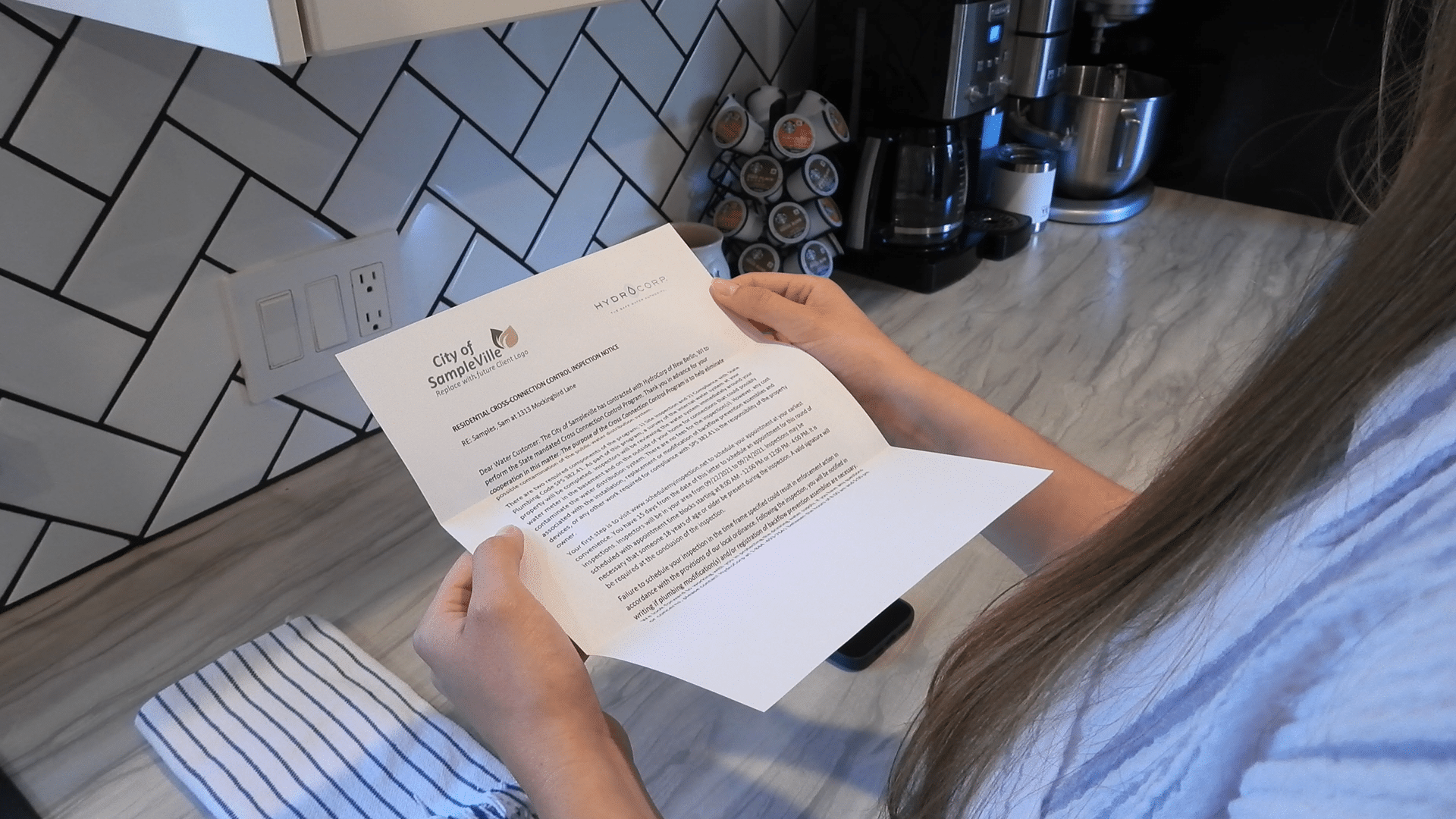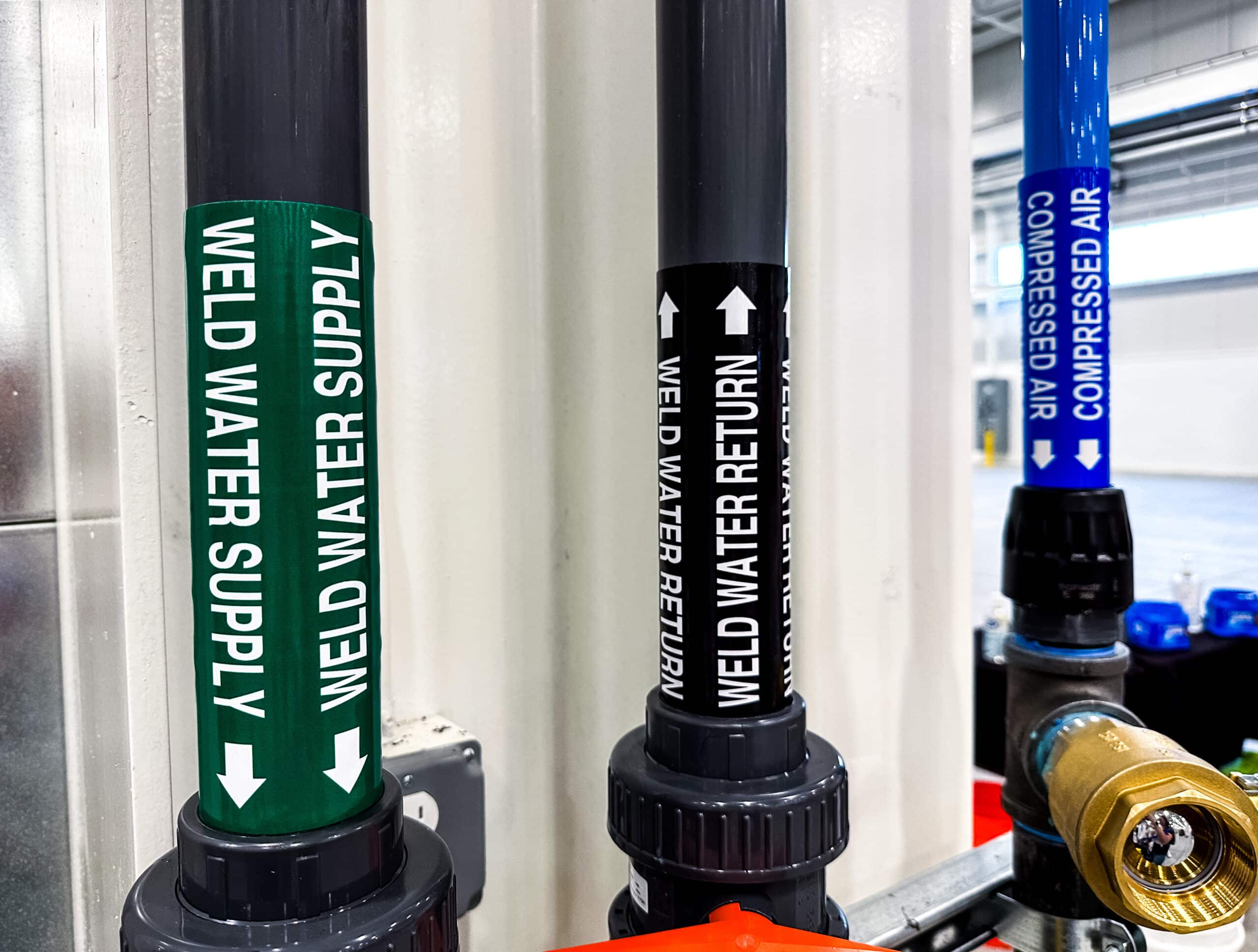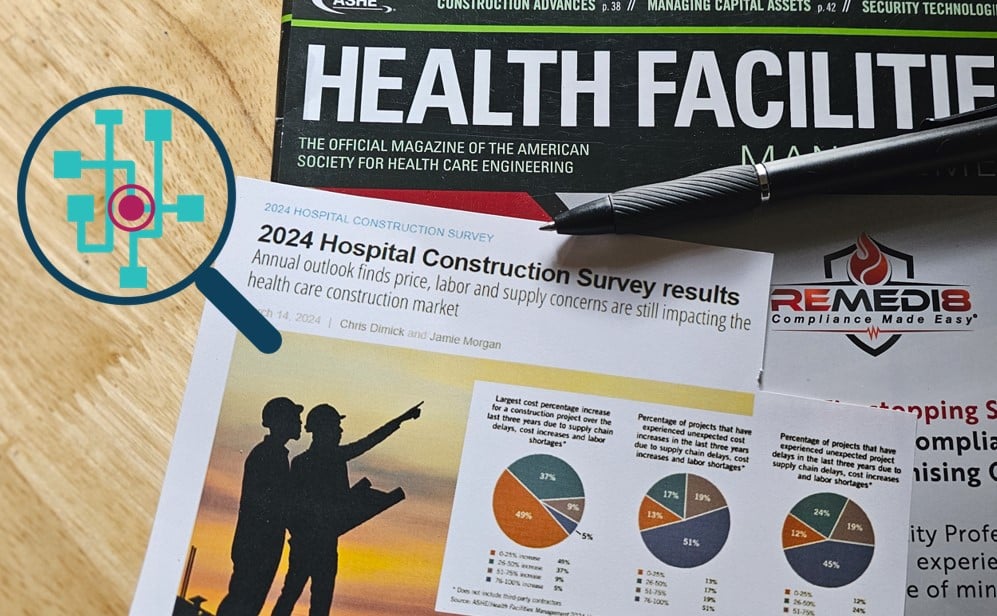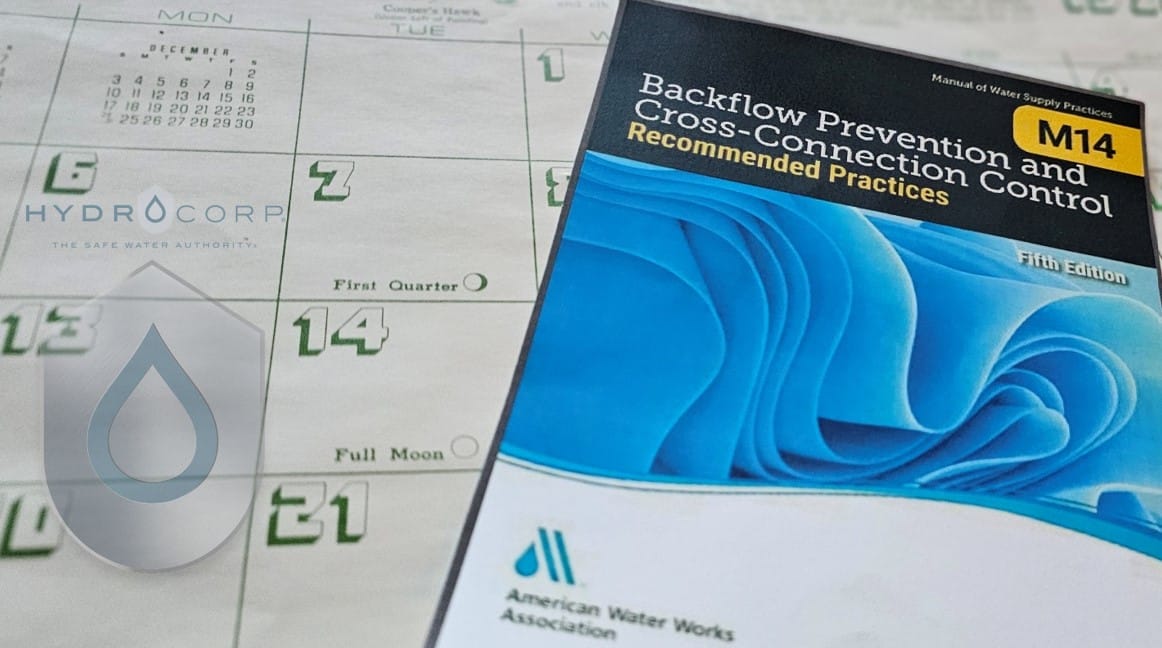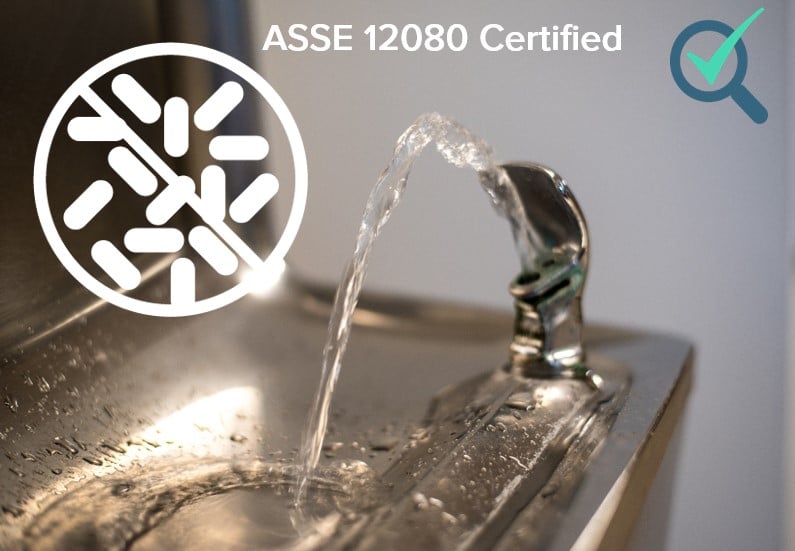Insights:
- A recent poll revealed that the most common Unprotected Cross-Connection in public water distribution systems is an Unprotected Hose Bibb – a very common fixture on both commercial and residential properties.
- Water Department Staff and Public Water System Leaders can be excellent advocates for compliance when they can their own homes are fully compliant with the cross-connection control program.
- Perform this a quick assessment of your own home to determine if backflow preventers are where they should be.
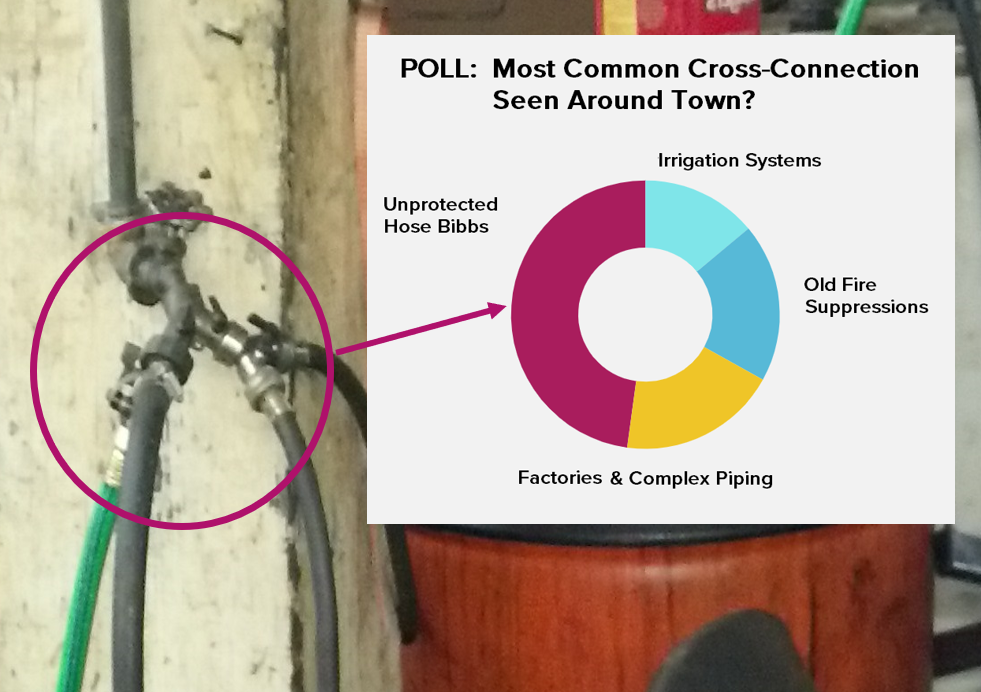
Water Customers found to be non-compliant within a cross-connection control program often have many additional questions related to purpose of the program and validity. When water department staff, officials and even board members can truly attest to even their own homes needing to be compliant, it adds credibility and trust surrounding the program’s objective, Safe Drinking Water.
A recent poll of the most common unprotected cross-connections seen in several public water distribution systems produced some patterned results: the clear majority with 50% of the votes was Unprotected Hose Bibbs. An incredibly common feature of nearly all residential and commercial facilities with a water service connection, hose spigots offer an ability for a direct connection from the outside world into the public water system. The reality is that whether you are managing a Cross-Connection Control Program for your public water system or not, there are going to be unprotected hazards in the distribution system – including in your own home! Here are five tips on what to look out for in your own home to make sure your drinking water is protected from the dangers of Backflow!
5. Water Softener Drains
The first item on our list is the drain to your water softener – you will want to verify that there is at least a one-inch air gap between the drain and the highest potential water level. This means that if there was any flooding or a backup on a floor drain, that the drain outlet on your water softener would not be submerged in the water. This mitigates the risk of that drain becoming a straw for contamination in the case of a back siphonage event.
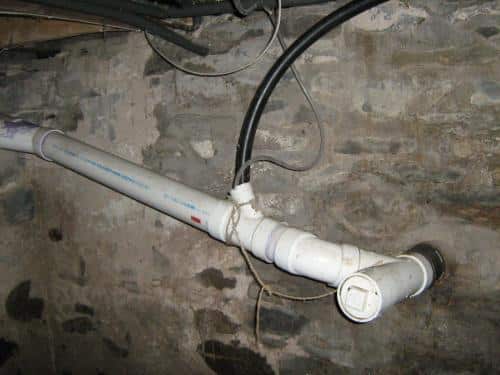
4. Hand-held Shower Fixtures
While hand-held fixtures are a must for many people in their showers or bathtubs, did you know that not all fixtures or installations are going to be free from the risk of becoming a hazardous Cross-Connection? A hand-held shower fixture is safe from backflow if any one of the following are true:
- When the shower head is hanging freely, it is at least one inch above the top of the flood level rim of the bathtub or shower floor.
- Complies with ASSE Standard #1014, the performance requirement for Backflow Prevention Devices for Hand-held Showers.
- Has the ASME code A112.18.1 stamped on the handle, indicating that it meets the ASME standard and has built in backflow protection.
If none of these conditions are met, you have the potential for a Cross-Connection from your drinking water supply to your used bath water if the fixture ever dips into the tub – yuck!
3. Threaded Utility Sink Faucets
Much like the aforementioned exterior hose spigot, utility sink faucets with threads on the ends have the potential to become a hazardous Cross-Connection. With a simple garden hose, this faucet becomes a direct channel for pollutants and contaminates to backflow into your drinking water. Whether its being used to fill up a mop bucket or to mix up a chemical solvent, there are numerous ways in which dangerous substances can be siphoned into your home’s water supply if proper precautions are not taken. In this case, a simple Hose Bibb Vacuum Breaker (that complies with ASSE Standard #1011) will do the trick! By threading on this device, your home is protected by the check valve inside and you can attach all manner of hoses without worrying about the potential for backflow contamination.
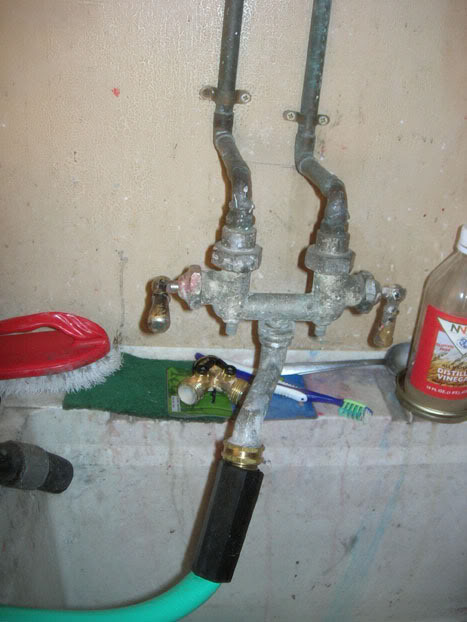
2. Lawn Irrigation Systems
Coming in with 10% of the vote in our poll of Common Unprotected Cross-Connections, lawn irrigation systems can be dangerous if not properly protected. Any irrigation system plumbed to the public water supply needs to have backflow prevention installed! There are three options for backflow prevention on lawn sprinkler systems, however, there are specific caveats for their use. Atmospheric Vacuum Breakers (ASSE #1001) can be used in some instances for water supply lines to lawn irrigation. However, since the AVB is not approved to be used under continuous pressure, there must be no valves, automated or otherwise, downstream of where the AVB is installed. Arguably the most common backflow preventer installed on lawn irrigation systems is the Pressure Vacuum Breaker (ASSE #1020). While it can tolerate valves downstream due to its ability to withstand continuous pressure, the PVB is not approved to be subjected to back pressure; therefore, all sprinkler heads and other downstream uses must be at least 12 inches below the marked critical level on the assembly. The catch-all device that is approved for back siphonage, back pressure, and continuous pressure is the Reduced Pressure Principal Backflow Preventer (ASSE #1013). The most important thing to note about the PVB and RPBP is that they are testable assemblies, meaning that they will need to be periodically tested by an approved tester to verify that they are still in good working order. Like all mechanical fixtures, backflow prevention assemblies can break down and do need some maintenance from time to time.
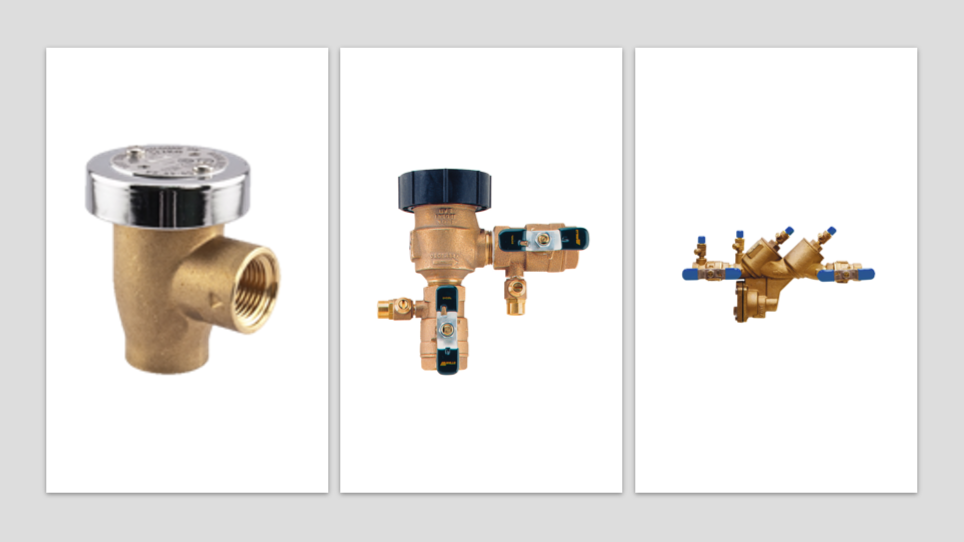
1. Hose Spigots
And here we have our most common Unprotected Cross-Connection, the humble hose spigot. While it appears unassuming, those hose threads make the potential for the accidental creation of Cross-Connections extraordinary. Fortunately, there are two simple things you can do to make sure your hose spigots are protected from backflow. The first is to verify what kind of hose spigot you have! If the spigot has a little cap on the outlet pipe near the valve, then it is most likely a Hose Bibb with an Integrated Vacuum Breaker (ASSE #1019)! These fixtures have built in backflow protection and require no further concern! If your hose spigot is missing that little cap, then you have a traditional hose bibb without backflow protection. But all you’d need is a Hose Bibb Vacuum Breaker (ASSE #1011), just like the one we discussed when covering utility sinks. Simple thread the backflow preventer onto the hose threads and boom! Your old school style hose spigot is protected from any backflow contamination! It is worth nothing that if you live in a cold part of the world, you’ll want to get Anti-Frost style Hose Bibb Vacuum Breakers, so you don’t damage your pipes!
And you’ve done it! By taking a look at the various points of water connections in your home, and following these simple steps and recommendations, you can shape your own story of compliance to share with water customers and building owners in your community.

